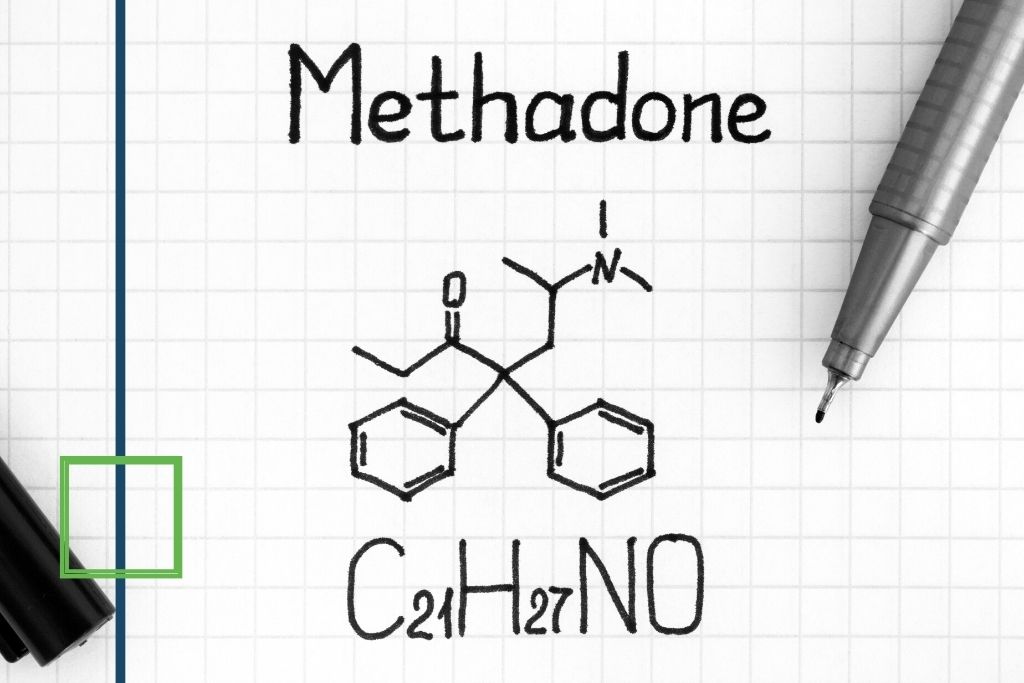When referring to an opioid’s elimination half-life, this means how long it takes for 50% of the original opioid dose to be metabolized and processed out of the body. Knowing the half-life, or relative half-life of one opioid compared to another can assist in understanding how long it will take for the substance to fully leave one’s body. When it comes to opioid addiction treatment, knowing with the type of opioid(s) that were consumed will help give the caregivers an idea of when withdrawal symptoms should set in and what the withdrawal timeline may look like.
Elimination Half-Life Examples:
- Fentanyl: 2-4 hours
- Morphine: 3-4 hours
- Hydromorphone: 2-3 hours
- Methadone: 15-20 hours
Methadone’s Half-Life
You may notice that methadone has an elimination half-life significantly greater than any of the other opioid medications listed above. In fact, some sources have indicated that methadone’s half-life is as long as 36 hours. Methadone is a synthetically made medication used to help ease the detox process for individuals who are addicted to opioids. The extended elimination half-life is a huge part of what makes this pharmaceutical drug an option for opioid addiction treatment. Methadone stays in the system for extended periods of time, meaning it will prevent the onset of cravings and other withdrawal symptoms for much longer than other opioids. This means that an individual who was previously unable to lead a productive life due to severe opioid addiction can now take a single dose of Methadone and proceed with their day.
Fentanyl’s Half-Life
Much different than Methadone, fentanyl is an extremely fast-acting synthetic opioid with a much shorter elimination half-life. The fast-acting, strong nature of fentanyl makes it a great treatment for severe and acute pain. However, the fact that it is metabolized so quickly means that more frequent usage is required in order to keep the effects from wearing off. This is why Fentanyl is highly addictive and is usually administered via an epidural, lozenge, or patch which allows the substance to be released slowly over a long period of time.
Opioid & Drug Tests
Even though the half-life of some of these medications is only a few hours, keep in mind that this is only the time for half of the substance to be metabolized. It can still take days or weeks for the substance to fully leave an individual’s body. As far a drug tests, these medications can be detected for some time after being consumed. Substances with longer half-lives can be detected in urine and blood for longer than those with short half-lives.





